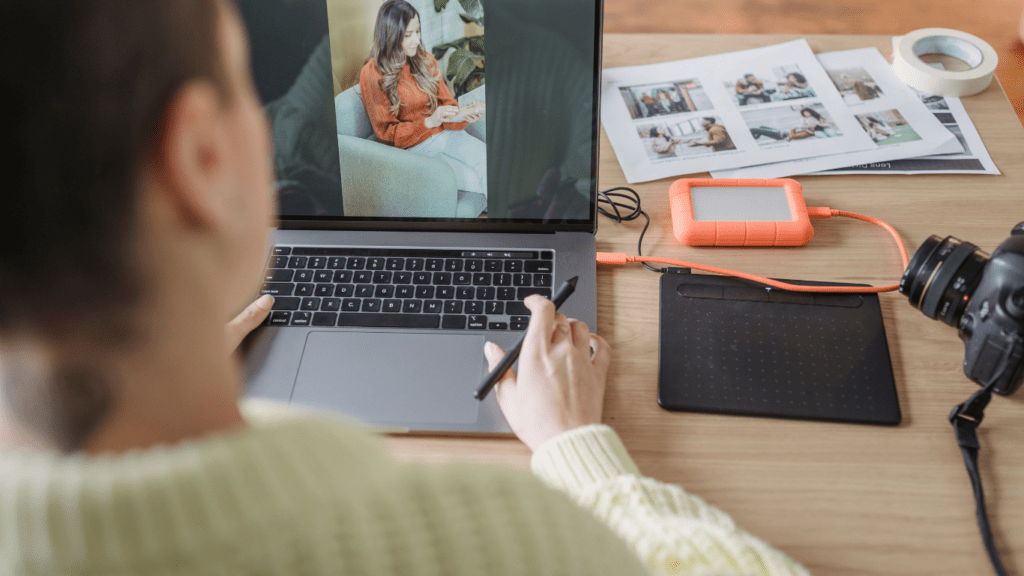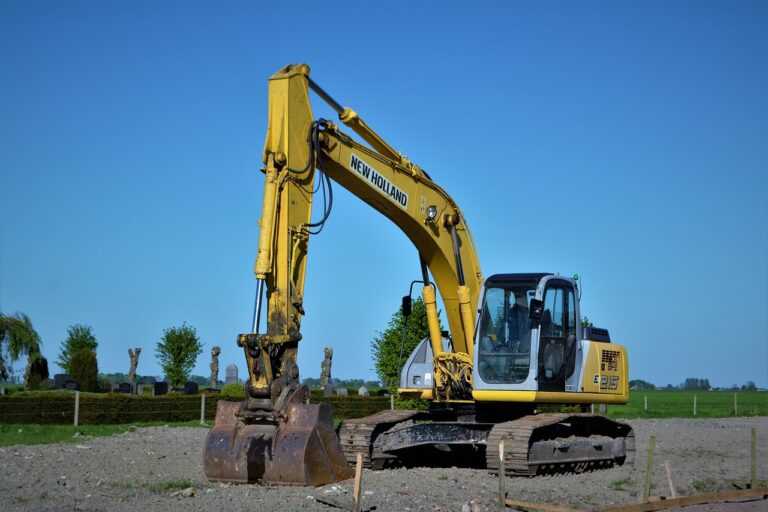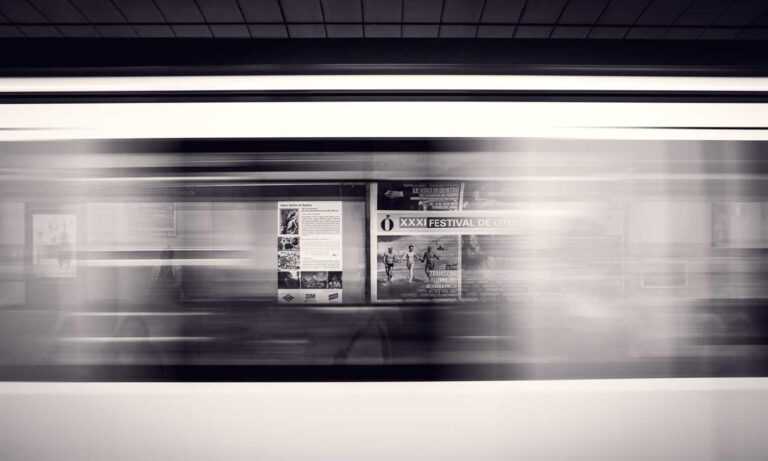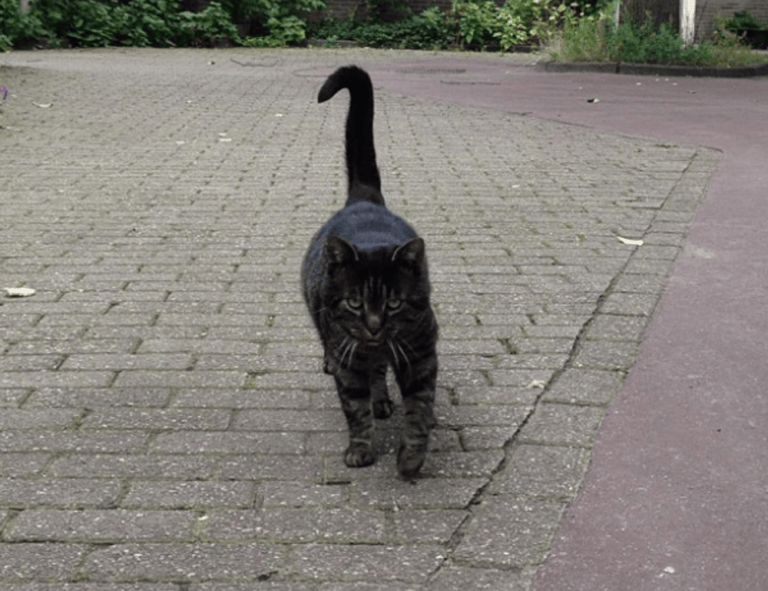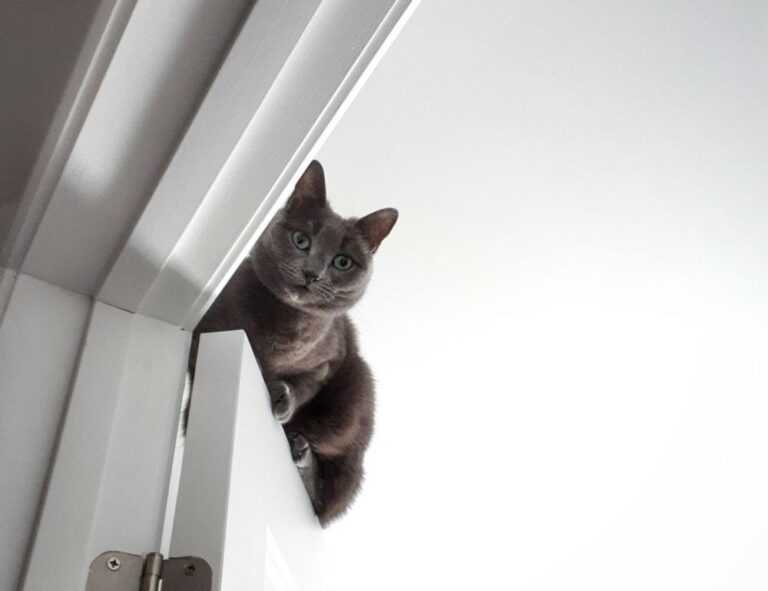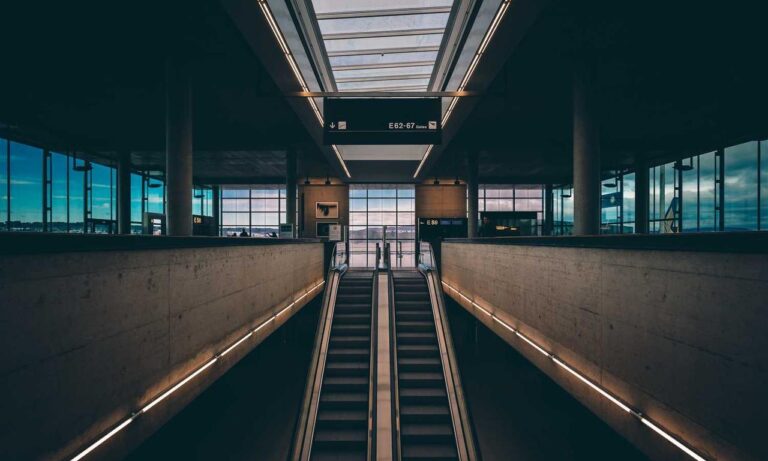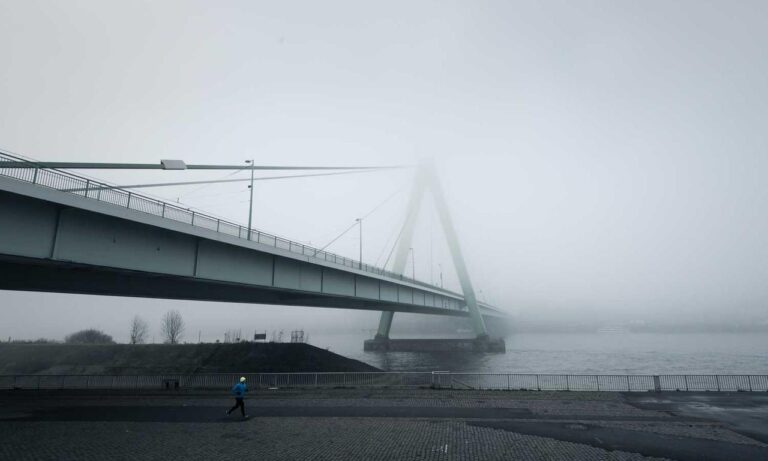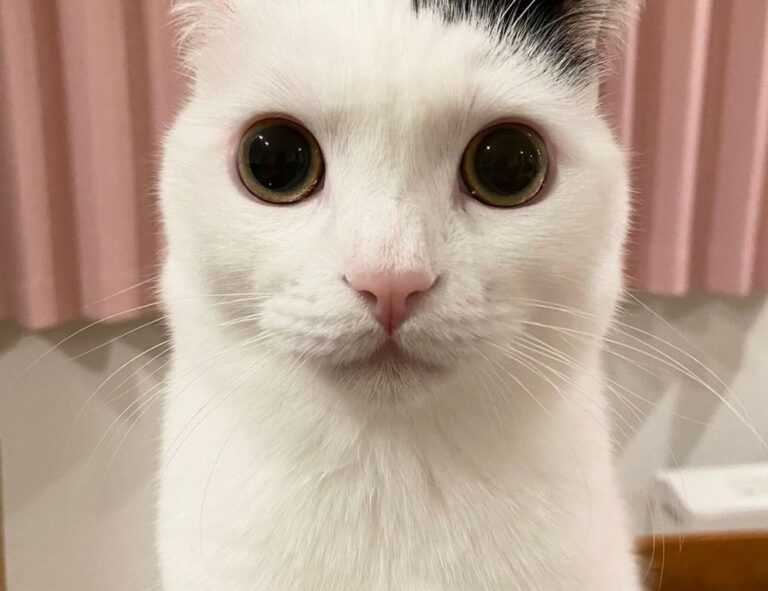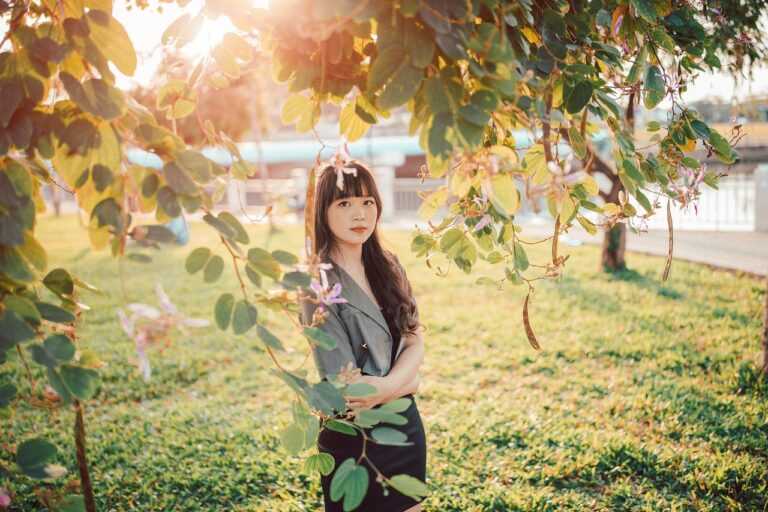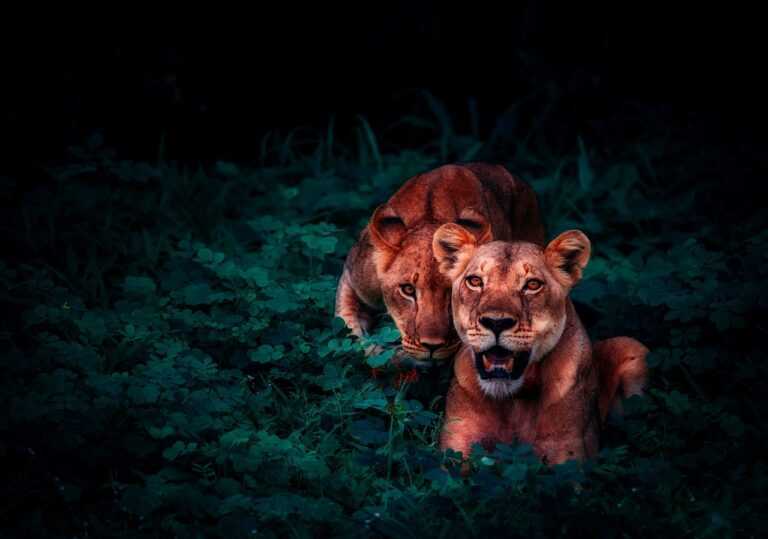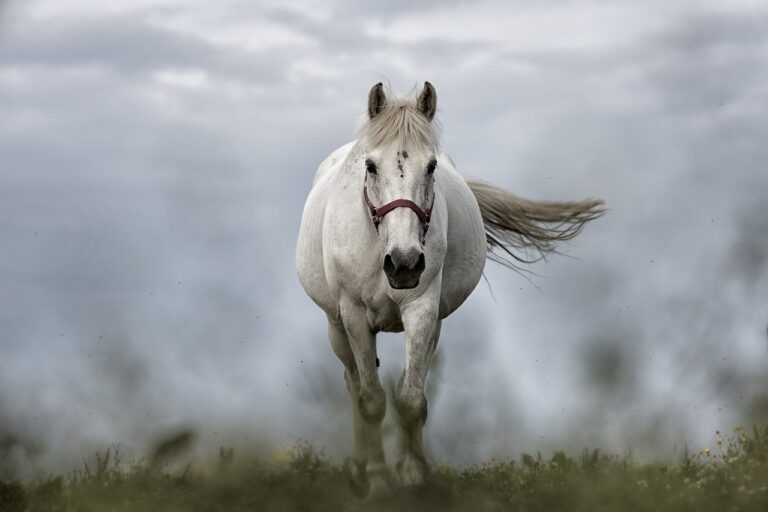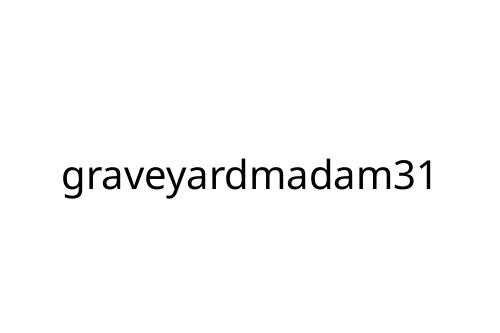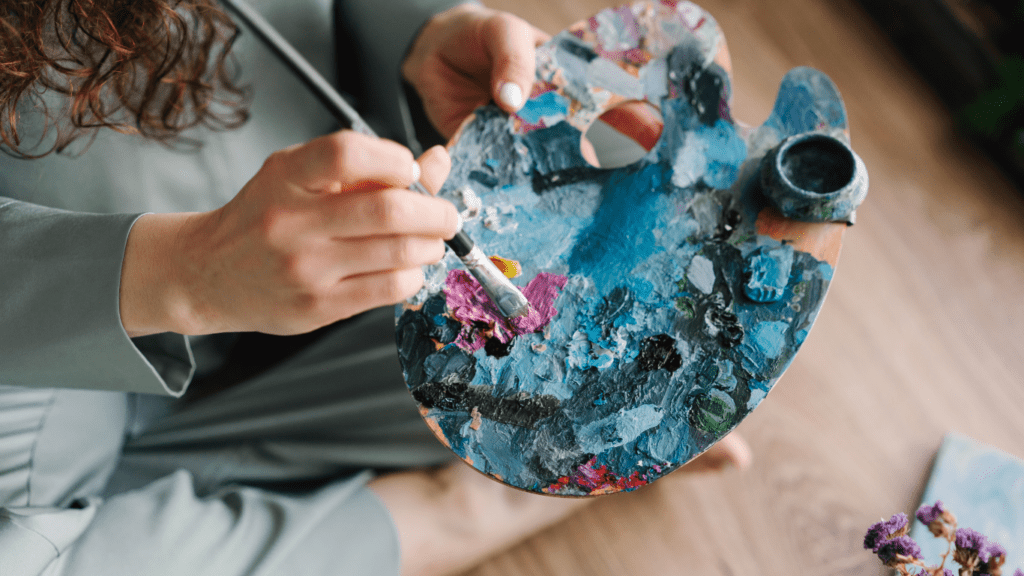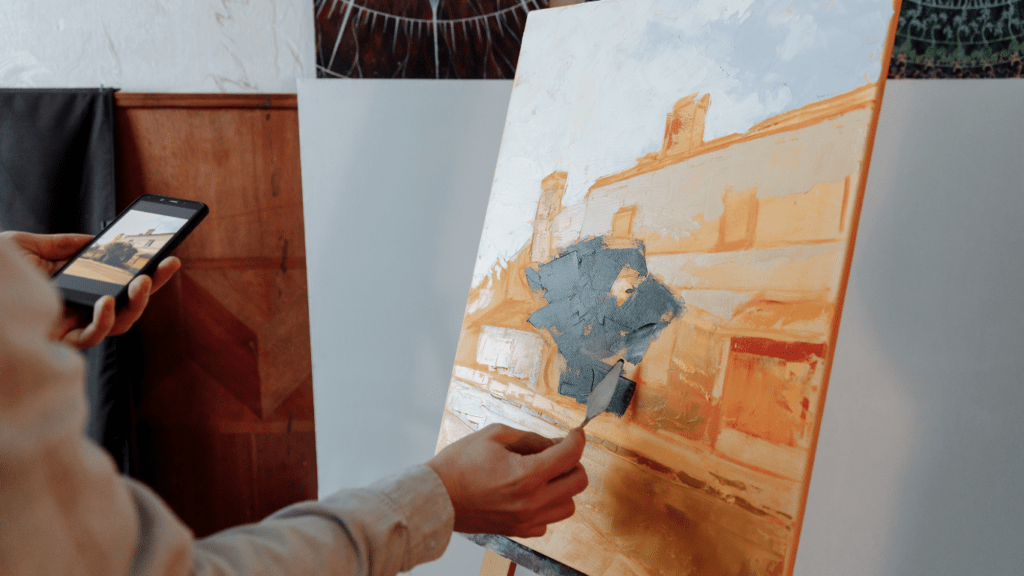As a digital artist, I’m constantly exploring ways to infuse my creations with energy and movement. Crafting a dynamic composition is more than just arranging elements on a canvas; it’s about guiding the viewer’s eye through a visual journey that evokes emotion and captivates attention. In the realm of digital art, where limitless possibilities abound, mastering the art of dynamic composition can set your work apart and leave a lasting impact on your audience.
In this article, I’ll delve into the techniques and strategies that can elevate your digital art to new heights by creating compositions that pulsate with life. From the use of leading lines and focal points to the careful balance of positive and negative space, each element plays a crucial role in shaping a dynamic composition that resonates with viewers. Join me as we unlock the secrets to crafting digital masterpieces that command attention and inspire awe.
Understanding Dynamic Composition in Digital Art
Exploring the realm of digital art delves into the realm of dynamic composition, a crucial aspect that sets captivating pieces apart from the ordinary. As an artist, I find that understanding the intricacies of dynamic composition is fundamental to creating artwork that resonates with viewers on a profound level.
1. Harnessing Leading Lines for Directional Flow
In digital art, leading lines serve as a powerful tool to guide the viewer’s gaze through the composition, creating a sense of movement and unity. By strategically incorporating leading lines, I’m able to direct the viewer’s attention towards key elements, enhancing the overall visual storytelling of the artwork.
2. Establishing Compelling Focal Points
Focal points are pivotal in digital art as they draw the viewer’s eye to the most critical part of the composition. As I craft my digital pieces, I ensure that there is a clear and captivating focal point that anchors the viewer’s attention, allowing them to immerse themselves fully in the narrative of the artwork.
3. Balancing Positive and Negative Space
The interplay between positive and negative space in digital art is a delicate dance that influences the overall composition’s harmony. Through skillful manipulation of positive elements and empty spaces, I create a dynamic balance that not only highlights key elements but also enhances the visual impact of the artwork as a whole.
By mastering these fundamental aspects of dynamic composition in digital art, I can imbue my creations with energy, movement, and emotional depth. This mastery allows me to craft pieces that not only capture the viewer’s attention but also evoke a lasting emotional response, making a profound impact that resonates long after the artwork has been viewed.
Principles of Dynamic Composition
When it comes to creating dynamic compositions in digital art, several key principles can significantly enhance the overall impact of your artwork. By incorporating these fundamental guidelines, artists can engage their viewers effectively and convey their message with clarity and power.
Rule of Thirds
In digital art, the rule of thirds is a fundamental principle that involves dividing your canvas into a grid of nine equal parts using two horizontal and two vertical lines. This grid creates nine key points where the lines intersect, guiding artists to place their focal points along these lines or at their intersections. By adhering to the rule of thirds, artists can achieve a visually balanced composition that draws the viewer’s attention to essential elements in the artwork.
Leading Lines
Leading lines are a powerful compositional tool used to direct the viewer’s eye through the artwork. These lines can be actual lines present in the artwork or implied lines created by the arrangement of shapes, colors, or textures. By strategically positioning leading lines, artists can create a sense of movement, depth, and visual flow within their digital art. Leading lines guide the viewer’s gaze towards the focal point or main subject, enhancing the overall coherence and impact of the composition.
Techniques for Creating Dynamic Composition
When considering techniques for creating dynamic composition in digital art, I always prioritize perspective and depth. By mastering these elements, I can elevate the visual impact of my artwork and engage viewers more effectively.
Perspective and Depth
Starting with perspective, it’s essential to understand how different viewpoints can influence the overall composition. Utilizing various perspectives, such as bird’s eye view or worm’s eye view, adds depth and dimension to the artwork. By experimenting with perspective, I can create a sense of space and immerse the audience in the artwork.
Incorporating depth is another crucial aspect of dynamic composition. By using techniques like overlapping elements, varying sizes, and atmospheric perspective, I can create layers within the artwork. This not only adds visual interest but also conveys a sense of realism and movement. Depth enhances the overall composition, guiding the viewer’s eye and creating a more engaging experience.
Examples of Dynamic Composition in Digital Art
Illustrating dynamic composition in digital art is essential to engage viewers effectively. By incorporating various techniques, artists can create visually compelling artworks that captivate audiences. Here are some instances showcasing dynamic composition in digital art:
- Using Leading Lines: In digital illustrations, I guide the viewer’s gaze with dynamic leading lines like roads, rivers, or buildings that create a sense of movement and direction within the artwork.
- Applying Rule of Thirds: I position key elements along the imaginary gridlines to achieve a visually balanced composition. Placing focal points at the intersections of the grid enhances the overall visual appeal and impact of the artwork.
- Leveraging Perspective and Depth: Incorporating multiple perspectives in my digital art pieces adds depth and dimensionality, making the scenes more lifelike and immersive. By featuring overlapping elements and utilizing atmospheric perspective techniques, I create a sense of distance and realism in my artworks.
- Enhancing Movement: To create a dynamic sense of movement in digital art, I employ techniques like blurring elements to suggest motion and animating certain parts of the artwork. These methods add a dynamic element to the composition, making it more engaging for viewers.
By implementing these techniques effectively, digital artists can craft artworks with dynamic compositions that draw viewers into the visual narrative and evoke a sense of movement and depth.

